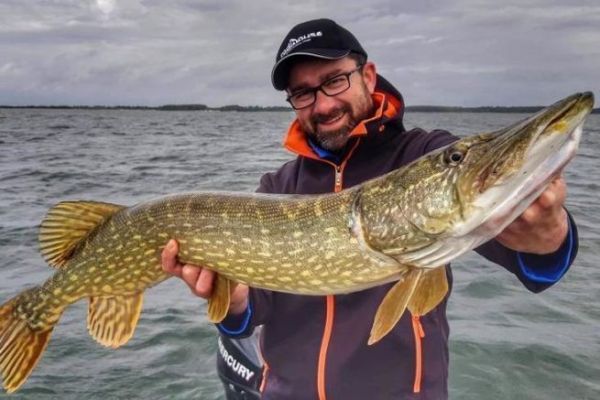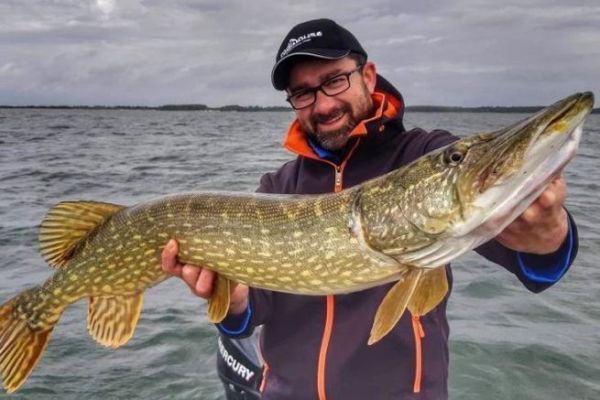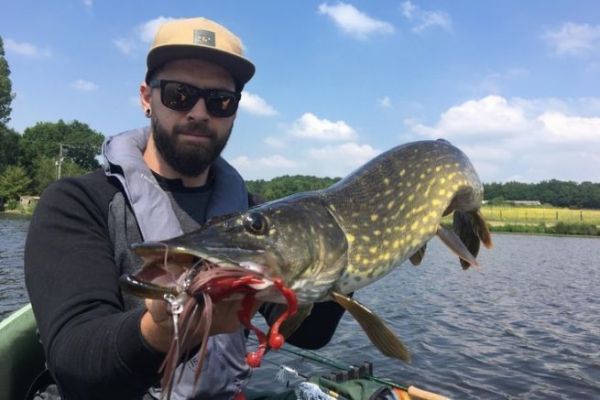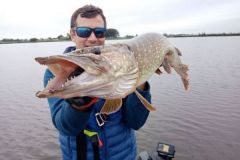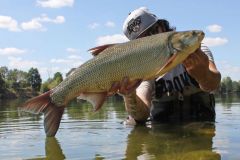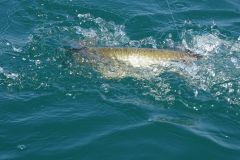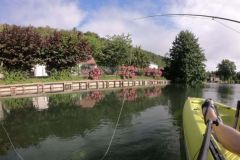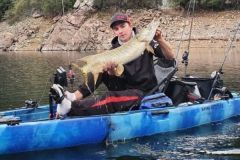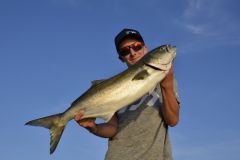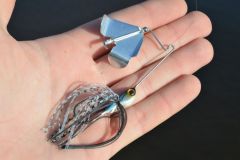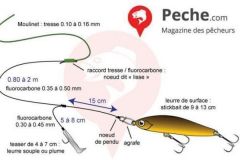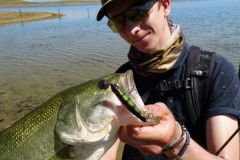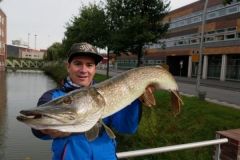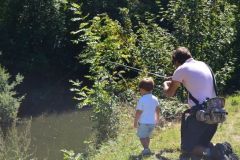The choice of a particular fishing approach or technique is often guided by our tastes and our fishing sensibilities. However, the search for efficiency requires versatility and the choice of a relevant approach according to the conditions. The use of bigbaits for pike can prove to be an excellent solution in specific fishing contexts or as an instant solution.
What is a bigbait for pike?
A bigbait is by definition a large lure, but this should be considered in relation to the average size of lures used for the target species. For example, a 12 cm minnow may be a bigbait for perch, but not for other species.
In addition to body measurements, it's the lure's silhouette and the volume of water it displaces that you need to take into account when choosing a bigbait. For pike, for example, we'll use jerkbaits measuring at least 15 cm and weighing around 80 g, and swimbaits measuring around 25 cm.
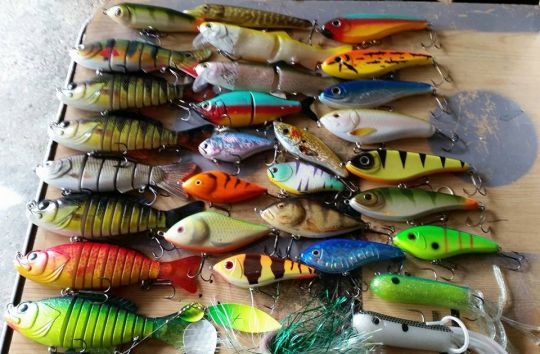
In winter, opt for a high energy ratio
The first context in which bigbait fishing is a relevant choice is seasonality. Winter is typically a very good time to use bigbaits, as you'll want to fish slowly with lures that offer pike a good ratio of energy expended to energy gained. During this period of lethargy, the use of bigbaits will often persuade predators to make the necessary effort to capture a large prey.
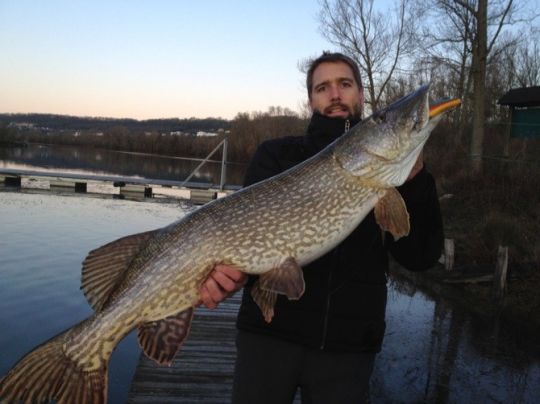
Bigger prey
Winter is an excellent time for bigbait fishing, for the reasons given above, but also because this year's fry have already grown well and the average prey is greater.
So, in a context where the preferred prey is large, bigbaits must be used. This condition may be linked to the fish population in the environment fished, but also to particular conditions: for example, when pike are on the hunt, on the edges, during the bream spawning period. In such cases, a 10 cm lure would go unnoticed!
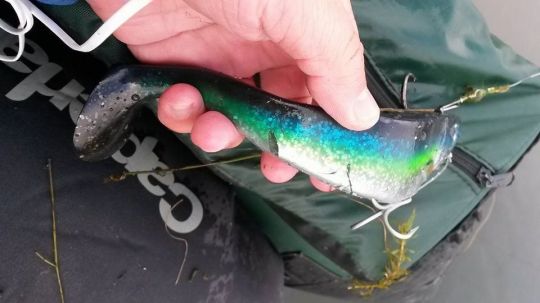
A large pike population and the need for selection
Some stretches still hold large populations of pike, making for productive outings and numerous bites.
In this context, the use of larger lures can allow you to select larger specimens, or at least increase the average size of your catch, without reducing the number of bites.
In this type of environment, the use of a colorful "pike" lure is often a very good choice...
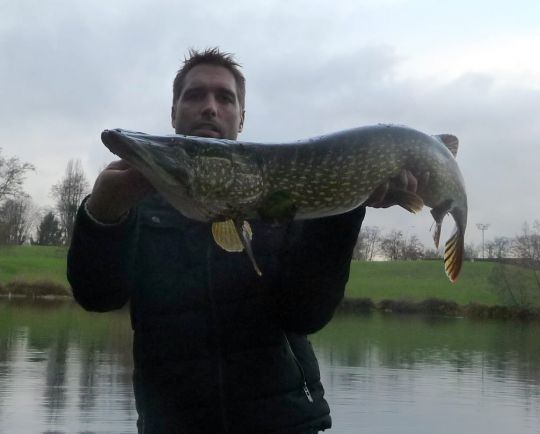
An alternative for wary fish
When fish are wary or you don't get any hits on your fishing trip, you need to vary your approaches, lures and presentations. While there is often a tendency to seek discretion and reduce the size of lures, the opposite option of using large lures can be an excellent solution to trigger aggressiveness, via a territoriality reflex, in pike.
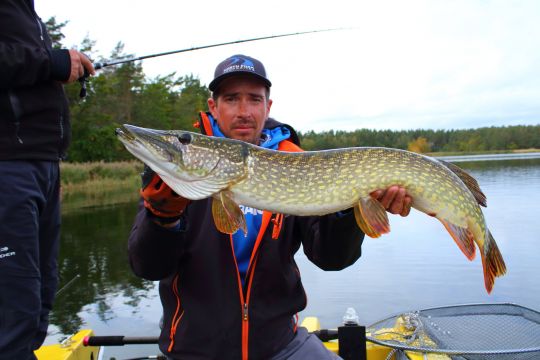
Fishing in large environments
Finally, bigbait fishing lends itself particularly, or at least is much better suited, to prospecting large environments, whether lakes or rivers. So, when the spots are vast, with significant depths, and you need to move a lot of water to encourage the pike to move, but also to locate our lure, the use of bigbaits proves to be judicious.

